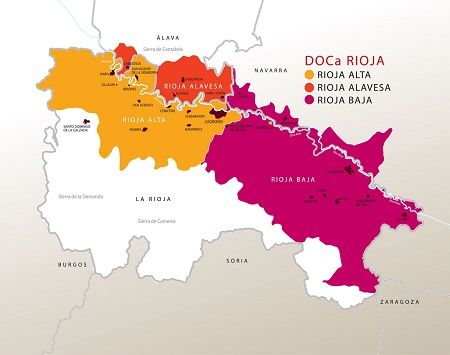The Wines of Spain, Rioja Qualified Designation of Origin
Rioja wine is one of the most international Spanish wines. Millions of liters are exported around the world, almost 40% of production.
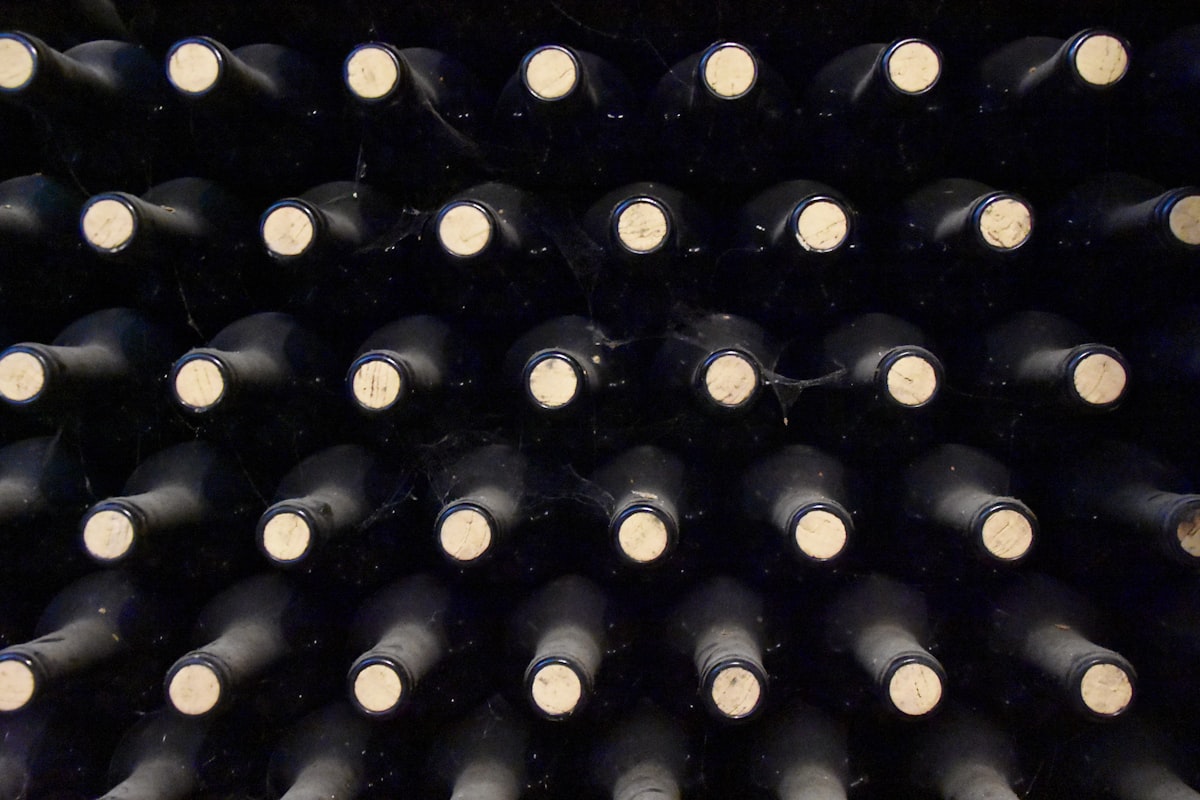
Until a few years ago, to speak of Spanish wine was to speak of Rioja wine. It is the oldest designation of origin and its first organizational steps date back to the twenties of the last century. The geographical location of Rioja is ideal for wine production. On the banks of the Ebro river and protected from the cold of the north by the Sierra Cantabria. Vines have been grown in this area since ancient times.
The Rioja appellation of origin is divided into three subzones: Rioja Alta, with its center in Haro, Rioja Baja with its capital in Calahorra, and which includes eight municipalities in Navarre and Rioja Alavesa with its capital in Laguardia. The first two belong to the autonomous community of La Rioja and the third to the autonomous community of the Basque Country.
In total, the Rioja appellation of origin dedicates 60,000 hectares to vineyards which produce more than 250 million liters of wine annually. Eighty-five percent of the production is a red wine with a proportion of 86% tempranillo grapes. Other grapes used are mazuelo and graciano. In white wines, the predominant variety is Viura. White and rosé wines account for 15% of production.
The sub-regions with the highest quality production are the Rioja Alta and Rioja Alavesa. Haro is the wine center par excellence, in its famous district of the station are grouped the most successful and named wineries: Lopez Heredia, Rioja Alta, Bodegas Bilbaínas, Compañía Vinícola del Norte de España (CVNE), Muga and in the town center others such as Azpilicueta, Berceo, Carlos Serres, Ramón Bilbao or Martínez Lacuesta. The people of Haro have always maintained that Rioja wine is good, but Haro wine is better.
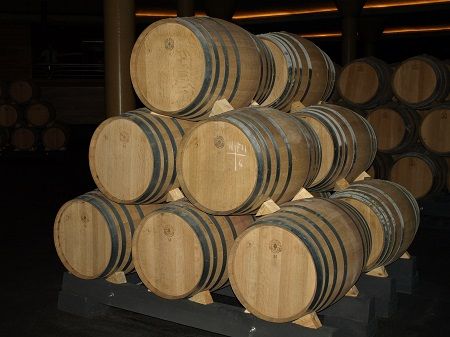
Rioja wine has a tradition that goes back more than a hundred years and is very much subject to the large, more conservative wineries. In recent years some small wineries, with innovative oenological methods, have tried to "modernize" Rioja, with some successes and not a few failures.
The Rioja Alava encompasses fifteen municipalities in the province of Alava, bordering the province of Logroño. Just over 40% of the area of this sub-region is occupied by vineyards. As a general rule, the reds are lighter and more aromatic than those of the Rioja Alta, because they come from vineyards at higher altitudes and different soils.
The most important municipalities in terms of wine production in the Rioja Alavesa are: Laguardia, Labastida, Elciego and Oyón. Elciego is one of the oldest and most famous wineries: Herederos del Marqués de Riscal, founded in 1858 and which has recently built a spectacular building designed by the Canadian architect Frank Gehry.
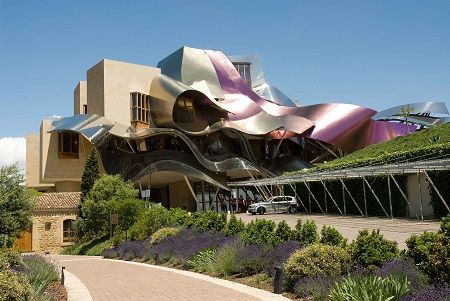
The wines of the Rioja Baja, the easternmost subzone of the region, have different characteristics due to the terrain and the fact that they are in an area with more Mediterranean than Atlantic influence. They tend to have a higher alcohol content and often feature the Garnacha grape together with Tempranillo and Graciano.
Lately, these wines are being revalued thanks to the boost given to them by the American wine guru Robert Parker. Production is centered around the largest municipalities in the area: Calahorra, Arnedo, and Alfaro. This sub-zone includes several municipalities on the border with Navarra, among which Mendavia, Viana, and San Adrián stand out.
Rioja wines -as in most Spanish appellations- are classified in three categories: Crianza, with a minimum of two calendar years from October 1 of the year of the vintage in question, followed and complemented by aging in bottle.
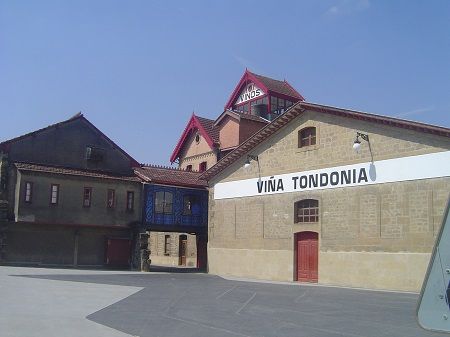
The minimum time in barrel is one year; reserve: with a minimum aging period in oak barrel and bottle of thirty-six months, with a minimum time in oak barrel of twelve months; and gran reserve: with a minimum time in a barrel of twenty-four months, followed and complemented with minimum aging in a bottle of thirty-six months, also a minimum.
Rioja wine production reaches 249 million liters, of which 156 million go to the Spanish market and 93 million are exported to more than one hundred countries. The largest foreign market for Rioja is the United Kingdom with 34.5 million liters, followed by Germany with 17 million and the United States with 9 million liters.
Among producers, there are high hopes for the Chinese market, which is increasing its consumption of Rioja every year. The production of kilos of grapes per hectare in the Rioja is between 6,500 and 7,000 kilos depending on the year when the national average is 5,000 kilos per hectare.
